Greenhouse farming in the Netherlands is a form of agriculture that utilizes controlled environments to promote plant growth. Greenhouse farming is an important part of agriculture in the Netherlands. The Netherlands is one of the world’s leading producers of greenhouse vegetables, flowers, and plants. Greenhouse farming allows farmers to grow different crops in a controlled environment, which protects them from bad weather and pests.
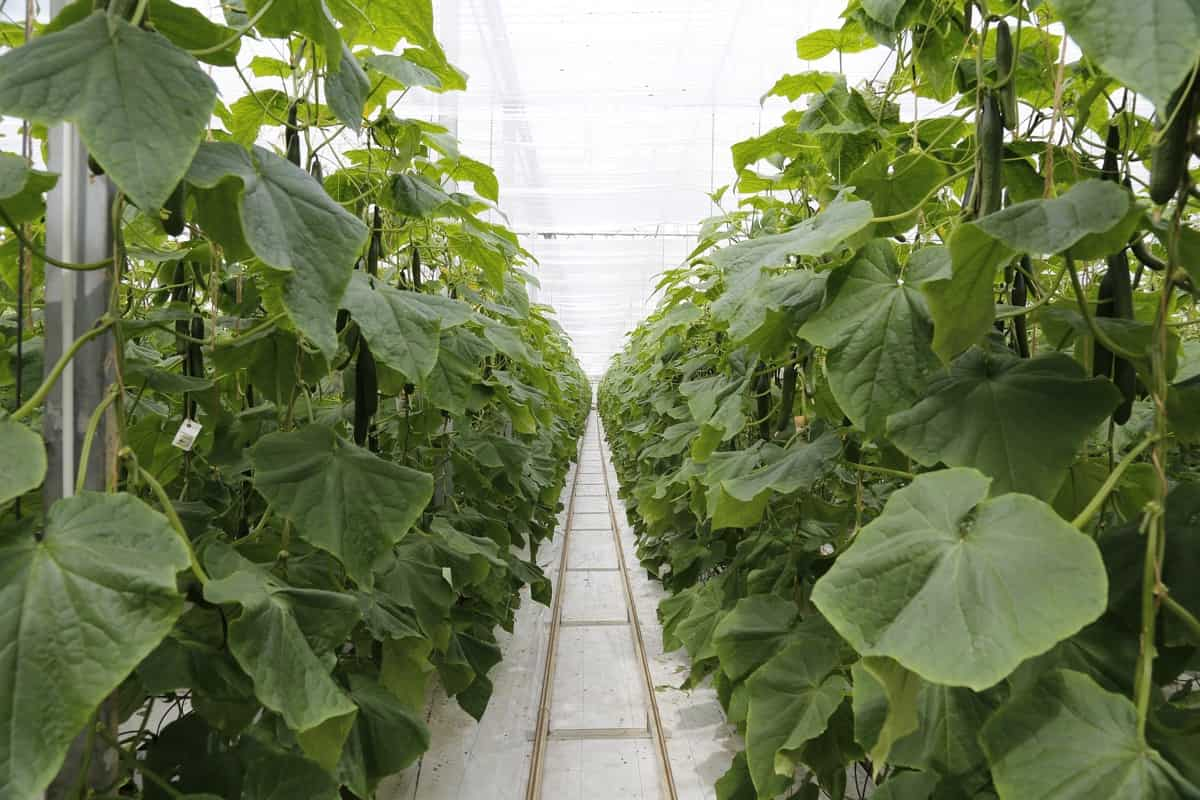
How to start greenhouse farming in Netherlands
What is greenhouse farming?
It is an agriculture system where crops are grown in protective structures. These structures can be made of various materials, including wood, metal, and plastic. Greenhouses provide an environment controlled by the farmer, which means that the farmer can control the temperature, humidity, and amount of sunlight the plants receive. This agriculture grows various crops, including vegetables, fruits, and flowers.
The Netherlands is one of the world’s leading countries in greenhouse farming. The country has over 4,000 hectares of greenhouses, which produce a wide range of crops. The mild climate in the Netherlands means that farmers can grow crops all year round. In addition, the Netherlands has a strong tradition of horticulture, and this experience has helped Dutch farmers to become leaders in greenhouse technology.
Greenhouse vegetable production in the Netherlands
The Netherlands is one of the world’s leading exporters of vegetables. Over 90% of the country’s vegetable production takes place in greenhouses. This allows for year-round production and protects crops from pests and bad weather. Greenhouse farming in the Netherlands is a type of agriculture where crops are grown in a controlled environment.
Greenhouse farming in the Netherlands generally follows a standard model, and crops are grown in soil in long, narrow rows, with irrigation and climate controlled by computer. This efficient system allows for high yields with minimal water and fertilizer usage.
In case you missed it: How to Start Greenhouse Farming in Nigeria: Business Plan, Cost, Profit, Subsidy, and Challenges
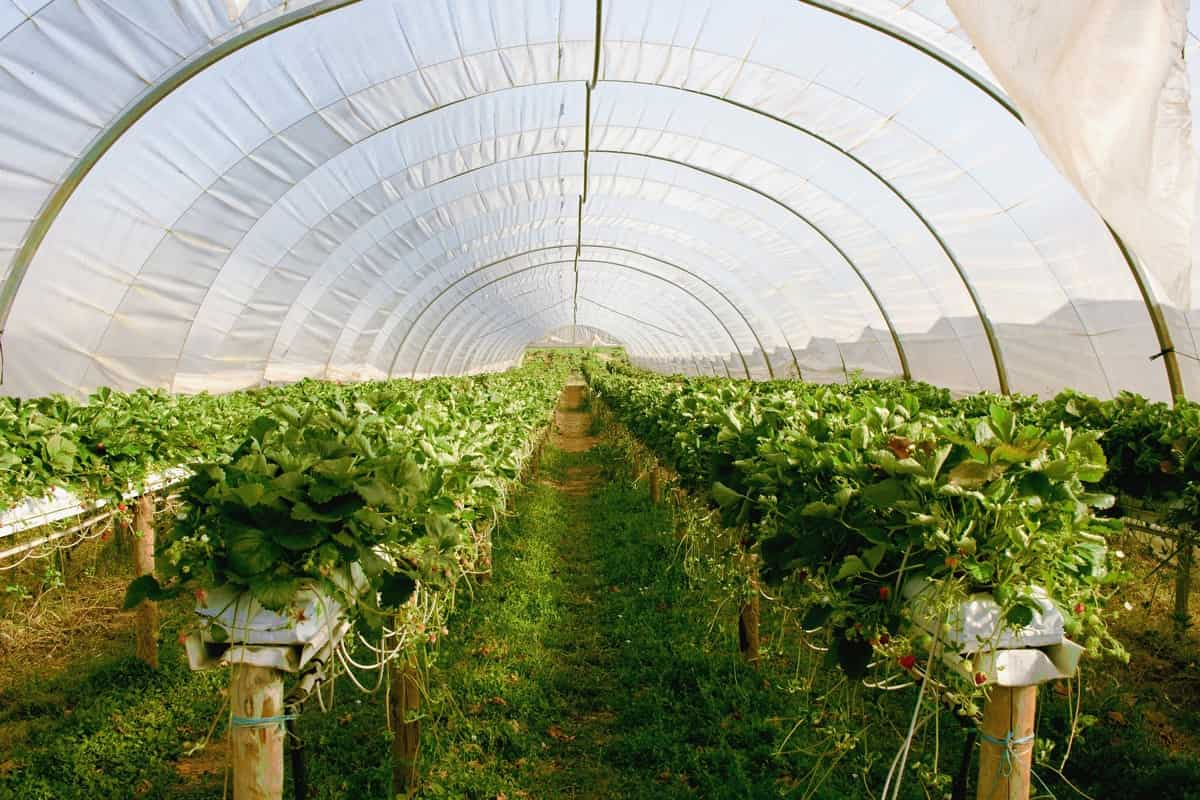
Benefits of greenhouse farming in the Netherlands
1. Increased crop yields: Greenhouse farming in the Netherlands can result in higher crop yields than traditional open-field farming. This is because the controlled environment provided by greenhouses allows for more consistent and ideal growing conditions for crops.
2. Reduced pest & disease pressure: Growing crops in a greenhouse can help to reduce pest and disease pressure compared to traditional open-field farming. This is because pests and diseases are less able to increase and spread in a greenhouse environment.
3. Increased resource efficiency: Greenhouse farming can be more resource efficient than traditional open-field farming. Greenhouses allow for more precise control over irrigation, temperature, and other growing conditions, which can lead to reduced water, energy, and fertilizer usage.
4. Improved working conditions: Greenhouse farms often provide improved working conditions for workers compared to traditional open-field farms. This is because greenhouses typically have better ventilation and working conditions overall.
Is greenhouse farming profitable in the Netherlands
Greenhouse crops are grown in protected environments. Greenhouses can be made of various materials to create an optimal crop-growing environment. In the Netherlands, greenhouse farming is a big business. The Netherlands is one of the world’s leading producers of greenhouse vegetables.
Greenhouse farms in the Netherlands are highly efficient and use state-of-the-art technology to produce large quantities of high-quality crops. The country’s mild climate and long days also contribute to the success of greenhouse farming. Dutch farmers have achieved such success because they have invested heavily in research and development. They have also developed close relationships with universities, research institutes, and suppliers of inputs and equipment.
The Dutch government has also supported the greenhouse industry, providing financial incentives and infrastructure investments. As a result of all these factors, greenhouse farming is highly profitable in the Netherlands. Farmers can sell their products at premium prices, and the sector generates significant export revenue for the country.
How does greenhouse farming work in the Netherlands?
- Greenhouse farming in the Netherlands is a form of agriculture where crops are grown in greenhouses. These greenhouses are typically made out of glass or plastic, and they trap heat from the sun to create a warm environment for plants to grow.
- Greenhouse farming in the Netherlands has been around for centuries, but it has become popular in recent years as a way to produce food year-round. The climate in the Netherlands is perfect for greenhouse farming, as it is sunny and mild throughout most of the year.
- There are two main types of greenhouse farms in the Netherlands: those that focus on producing vegetables and those that focus on flowers. Flower farms are especially popular in the Netherlands, as the country is known for its tulips.
- Vegetable greenhouse farms typically grow tomatoes, cucumbers, and peppers. These crops are grown in soil heated by pipes carrying hot water or steam. The temperature and humidity in vegetable greenhouses are carefully controlled to ensure optimal growth conditions.
- Flower greenhouse farms typically grow roses, tulips, and lilies. These crops are grown in pots or trays filled with a special growing medium. The temperature and humidity in flower greenhouses are also carefully controlled to ensure optimal growth conditions.
- Greenhouse farming in the Netherlands is highly efficient, thanks to modern technology. Greenhouses have sensors that monitor temperature, humidity, and light intensity.
In case you missed it: Greenhouse Farming in New Zealand: How to Start, Crops, and Benefits
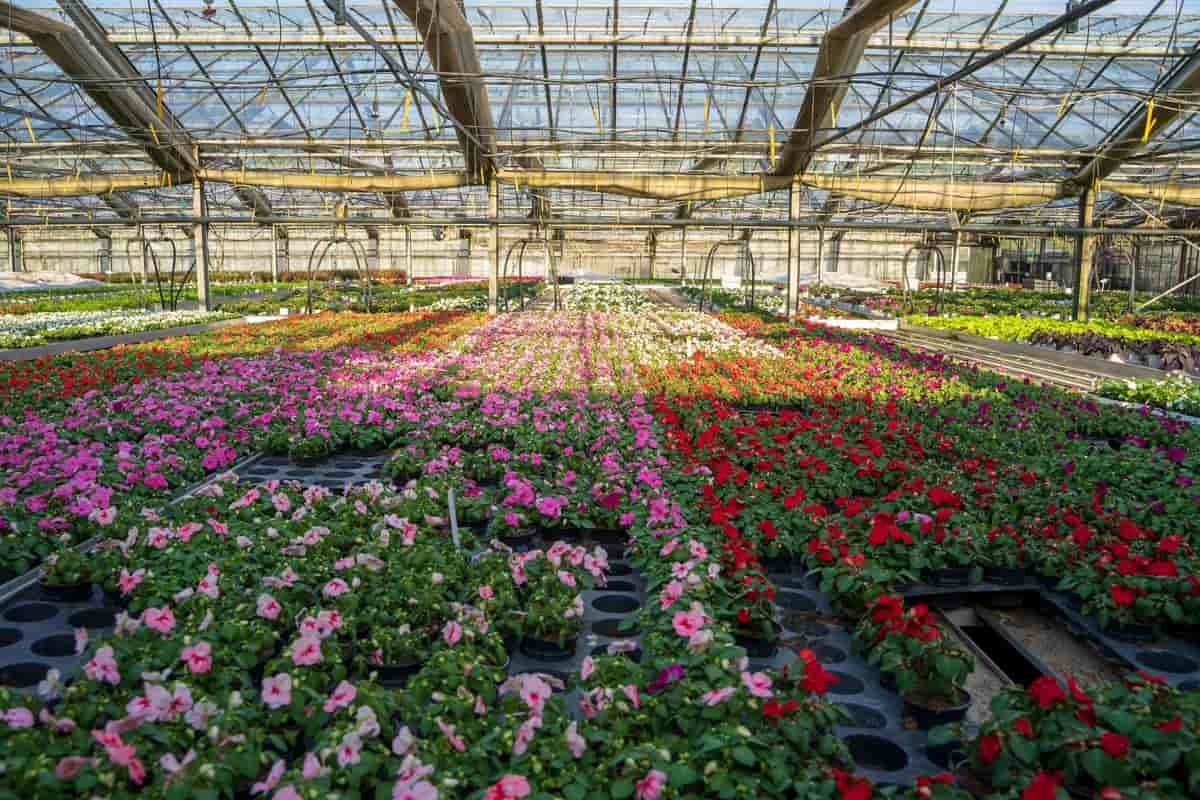
Greenhouse farm business plan in the Netherlands
1. Decide what type of greenhouse farm you want to start – There are many different greenhouse farms, each with its benefits and challenges. Do your research to find the right greenhouse farm for you.
2. Get the necessary permits and licenses – Before you start building your greenhouse, you must obtain permits and licenses from the Dutch government.
3. Find a good location – Greenhouses need lots of sunlight, so choose a spot with plenty of suns throughout the day. The location of your greenhouse is critical to its success. You’ll need to find a spot with good sun exposure and access to water. The site should also be large enough to accommodate your planned expansion.
4. Build or buy your greenhouse – Once you have all the necessary approvals, you can start construction on your greenhouse farm. You can either build it or purchase a pre-fabricated structure from a supplier.
5. Grow your plants properly – Ensure you care for the plants you’re growing to produce healthy and high-quality crops. This includes understanding watering schedules, nutrient needs, and pest control.
6. Outsource or hire staff – Depending on the size and type of farm you want to create, you may need to outsource some or all of the work to other companies or hire staff members to help with the daily operations. To run a successful operation, you’ll need to hire experienced staff who know how to operate the equipment and maintain the plants. In addition, they should have experience in customer service and sales so they can help you market your products effectively.
7. Do your research – Before you get started, it’s important to do your research and understand the greenhouse market in the Netherlands. Talk to other growers, attend trade shows and conferences, and read industry publications. This will help you better understand the competition and what it takes to be successful.
8. Invest in high-quality equipment – To produce quality crops, you’ll need to invest in high-quality equipment. This includes everything from ventilation and heating systems to automated wagering systems. Don’t skimp on quality – it will pay off in the long run.
In case you missed it: Greenhouse Farming in the USA: How to Start, Cost, Crops, and States
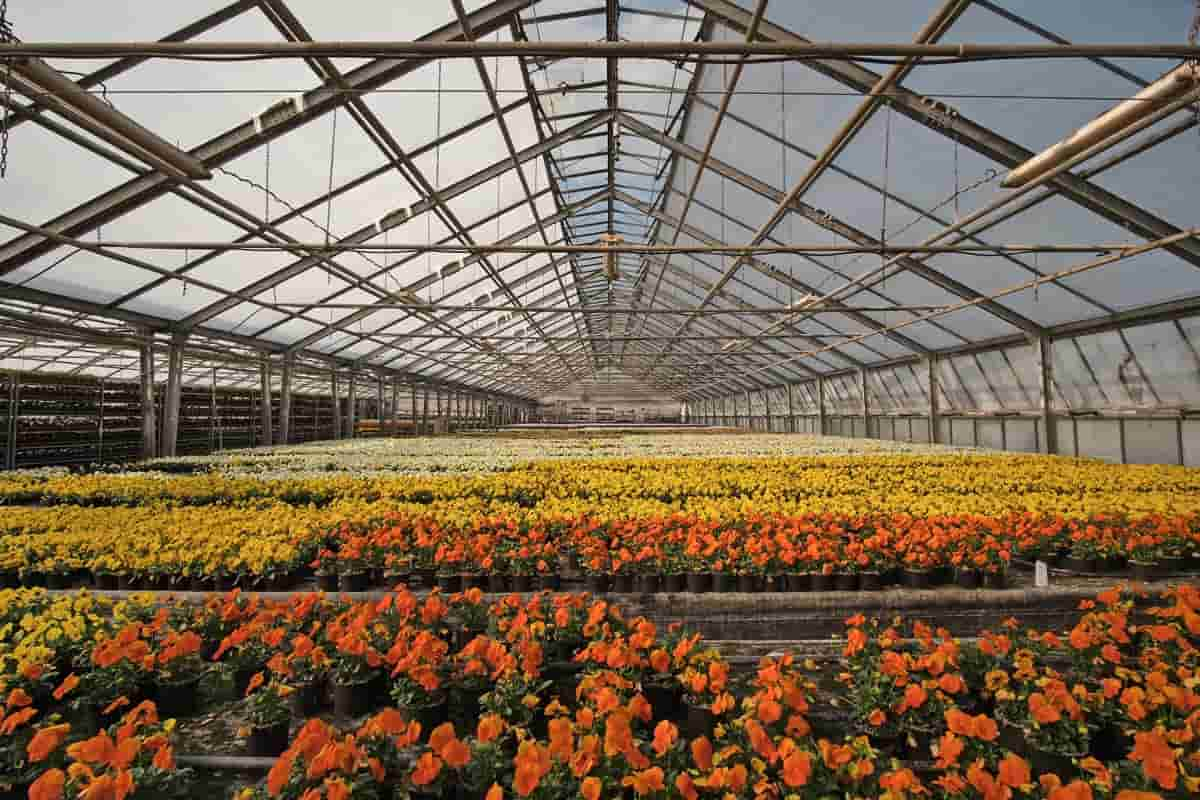
Top states for greenhouse farming in the Netherlands
Greenhouses are becoming increasingly popular in the Netherlands, with farmers finding that they offer a more controlled and stable environment for crops. These top states for greenhouse farming offer ample space and resources for large-scale production:
1. North Holland – North Holland is the largest province in the Netherlands and home to the country’s capital, Amsterdam. The province has a long history of agriculture and is now one of the leading greenhouse producers in the country.
2. South Holland – South Holland is the second largest province in the Netherlands and has a strong agriculture tradition. The province is known for its flower bulb production, but greenhouses are also becoming an important part of the agricultural mix.
3. Zeeland – Zeeland is a small but important province for greenhouse production in the Netherlands. The province’s location on the coast makes it ideal for growing crops that need a lot of sunlight, such as tomatoes and cucumbers.
4. Gelderland – Gelderland is a large province in the eastern Netherlands that borders Germany. The province has a diverse economy, with agriculture playing an important role. Greenhouse production is a relatively new addition to the agricultural mix, but it is already impacting.
5. Utrecht – Utrecht is a small but densely populated province in the central Netherlands.
Crops are grown under greenhouses in the Netherlands
The Netherlands is known for its tulips, but many other crops can be grown successfully in a Dutch greenhouse. Some of the most popular crops grown in greenhouses in the Netherlands include:
- Tomatoes
- Cucumbers
- Lettuce
- Peppers
- Strawberries
- Eggplants
Cost to build a greenhouse in the Netherlands
The cost of starting a greenhouse in the Netherlands can vary depending on the greenhouse size and type you want. Assuming you have the land already, the cost of setting up a greenhouse farm in the Netherlands can range from €50,000 to €250,000. This includes the cost of materials and construction for the greenhouses and necessary equipment like ventilation and irrigation systems.
In case you missed it: How to Start Dairy Farming in the Netherlands: Business Plan, Cost, Profit, Subsidy Loan, and Challenges
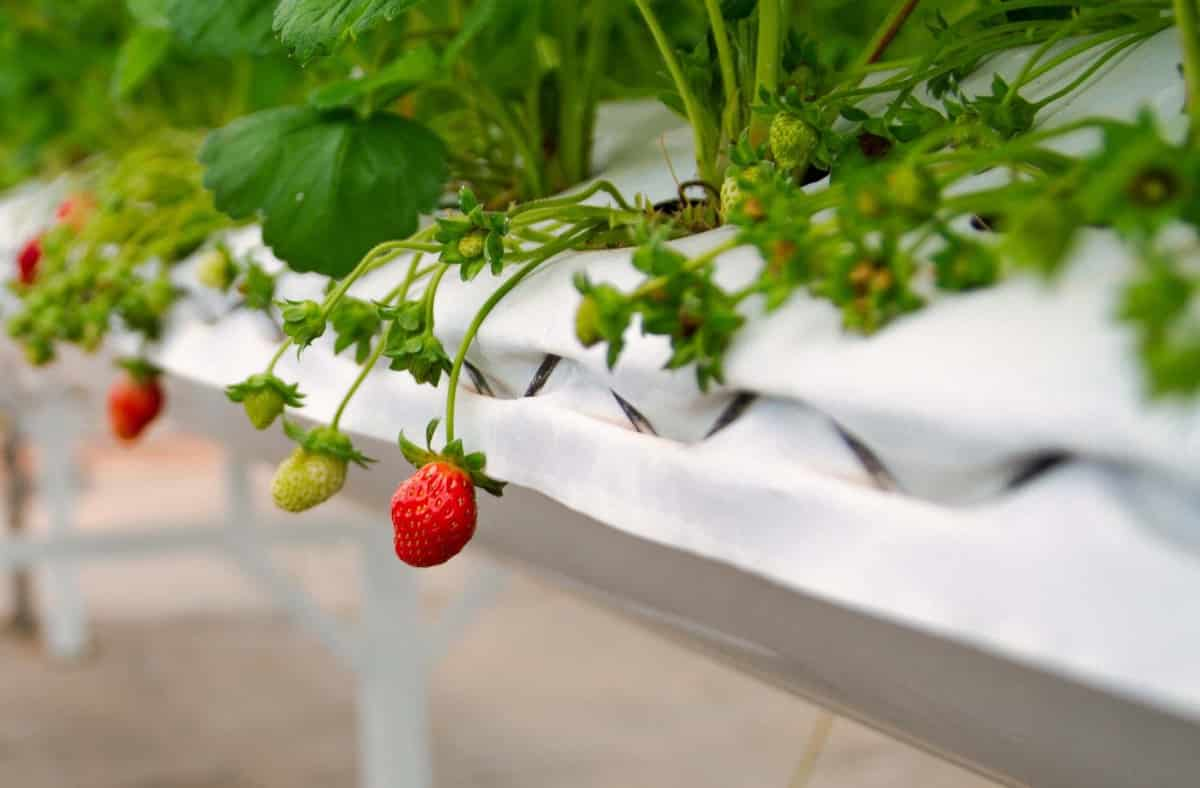
Number of greenhouses in the Netherlands
- The Netherlands is home to more than 9,000 greenhouses, making it one of the world’s leading greenhouse growers. The country’s mild climate and long days mean crops can be grown all year round.
- Greenhouse farming in the Netherlands dates back to the 18th century when tomatoes were first grown in glass houses. Today, tomatoes are still one of the most popular greenhouse crops, along with cucumbers and peppers. These three crops account for around 60% of the total greenhouse production in the Netherlands.
- Other popular greenhouse crops include flowers (particularly tulips), aubergines, courgettes, and lettuce. The Dutch flower industry is worth billions of euros and exports flowers worldwide.
What are the different types of greenhouses in the Netherlands?
- The Venlo-type greenhouse is the most popular type in the Netherlands. These greenhouses are characterized by their large size and their high ceilings. Venlo greenhouses are typically used for growing vegetables and flowers. One advantage of Venlo greenhouses is that they can easily adapt to different climate conditions. Another advantage is that they provide good ventilation and light distribution. However, one disadvantage of Venlo greenhouses is that they require a lot of energy to operate.
- The gable-type greenhouse is another popular type in the Netherlands. These greenhouses are characterized by their triangular shape and their smaller size. Gable greenhouses are typically used for growing crops such as tomatoes and cucumbers. One advantage of gable greenhouses is that they are less expensive than Venlo greenhouses. Another advantage is that they provide good ventilation and light distribution. However, one disadvantage of gable greenhouses is that they cannot easily adapt to different climate conditions.
- The Kew-type greenhouse is the least common type in the Netherlands. These greenhouses are characterized by their cylindrical shape and their small size. Kew greenhouses are typically used for growing crops such as strawberries and peppers.
Can you grow in a greenhouse system year-round in the Netherlands?
The Netherlands is a great place to greenhouse farm year-round. The climate is moderate, with cool winters and mild summers. There is plenty of rainfall, and the soil is rich in nutrients. These conditions are ideal for growing different crops in greenhouses.
Greenhouse subsidy in the Netherlands
The Netherlands offers a range of subsidies for investing in greenhouse farming. For example, there is a subsidy for constructing new greenhouses and for energy-efficient measures taken by farmers. These subsidies have helped make the Netherlands a world leader in greenhouse farming and increased fresh produce production.
The Dutch government is committed to supporting the expansion of greenhouse farming and continues to offer generous subsidies to those looking to invest in this sector. Thanks to these subsidies, the Netherlands can produce large quantities of high-quality fresh produce, benefiting consumers and producers alike.
Challenges of greenhouse farming in the Netherlands
High costs: Greenhouse farming in the Netherlands is energy-intensive and thus requires high levels of electricity and natural gas consumption. High production costs are typically passed on to consumers through higher prices for greenhouse-grown products.
Large carbon footprints: The increased use of fossil fuels for heating and cooling greenhouses contributes to large carbon footprints. In addition, the transportation of greenhouse-grown products can lead to significant emissions.
Reliance on fossil fuels: Greenhouse farming in the Netherlands heavily relies on natural gas and other fossil fuels. This dependence leaves farmers vulnerable to price fluctuations and supply disruptions. Moreover, it contributes to greenhouse gas emissions and climate change.
Climate change: Climate change is a major challenge for greenhouse growers in the Netherlands. The country’s average temperature has risen by 1.5°C over the past century, which is expected to continue. As a result, growers must adapt their cultivation methods to ensure that their crops can tolerate higher temperatures and more extreme weather conditions.
Despite these challenges, the Dutch greenhouse industry thrives thanks to its innovative approach and commitment to producing high-quality fruits and vegetables.
In case you missed it: How to Start Goat Farming in Netherlands: Breeds, Cost, Profit, Business Plan, and Management
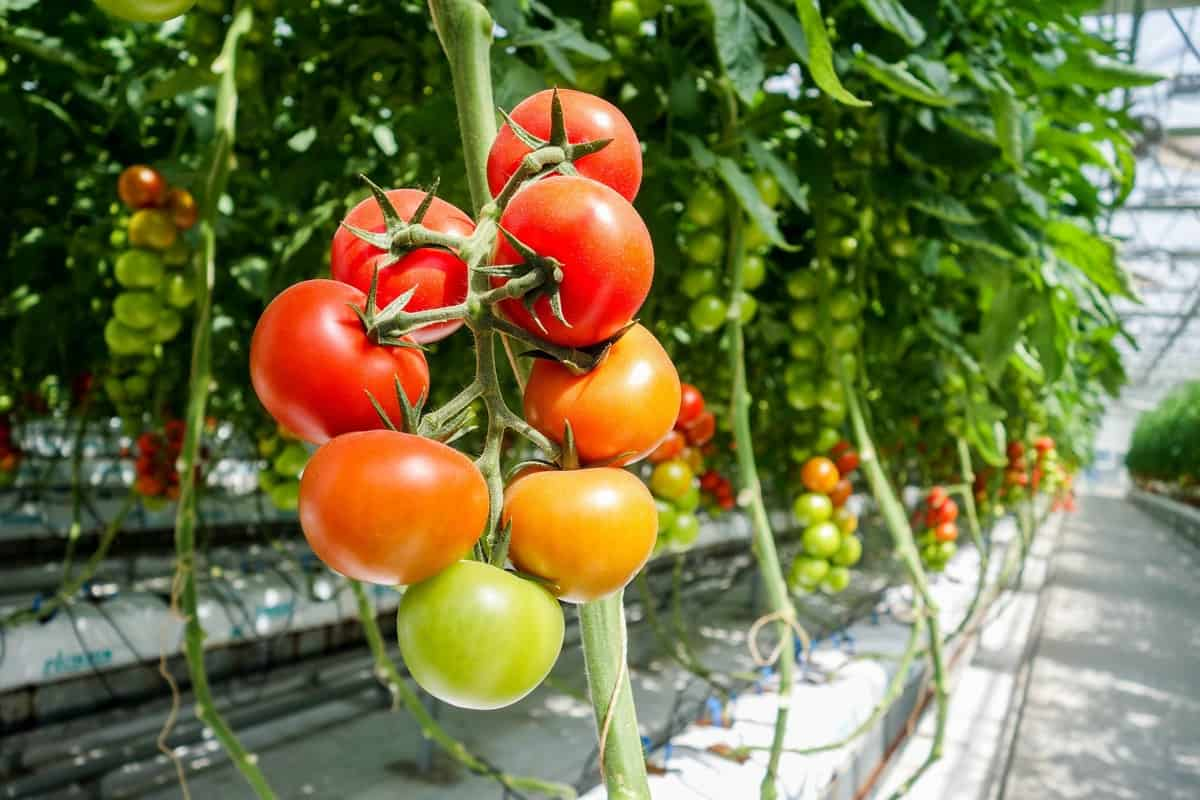
Dutch greenhouse in the Netherlands
- Dutch greenhouse farms produce various crops, including tomatoes, cucumbers, bell peppers, and flowers. These crops are grown using state-of-the-art technology and equipment, which allows farmers to achieve high yields with minimal inputs. In addition to traditional farming methods, many Dutch greenhouse growers are experimenting with new techniques, such as LED lighting and automated systems, to increase efficiency and decrease costs.
- Most Dutch greenhouses are located in the province of South Holland. The area around the city of Westland is particularly well suited for greenhouse agriculture, as it has a lot of sunny days and relatively few cloudy days. There is also a lot of open space available for building greenhouses.
- The Dutch greenhouse system is the most efficient and innovative in the world. Greenhouses in the Netherlands are typically very large, covering an area of around 10 hectares. They are also very high, with some reaching up to 30 meters in height. This allows a large amount of produce to be grown in a small space.
- The Dutch greenhouse system is highly automated, with many processes being controlled by computers. For example, computer-controlled ventilation and irrigation systems help optimize plant growth conditions. This automation not only increases yields but also reduces labor costs. Dutch greenhouses are also known for their use of artificial lighting. With special lamps, growers can extend the day’s length, leading to faster plant growth. Sometimes, this lighting is used to supplement sunlight during the winter months.
- Overall, the Dutch greenhouse system is extremely efficient, and the Netherlands is one of Europe’s leading producers of fresh fruits and vegetables.
Conclusion
The Netherlands’ greenhouse farming industry is world-renowned for its efficiency and sustainability. Greenhouse farming has been gaining popularity recently as a way to produce crops in a controlled environment. The main benefits of greenhouse farming are that it can help to improve crop yields, reduce the need for pesticides and herbicides, and conserve water.
- Types of Pesticides Used in Agriculture: A Beginner’s Guide
- Economical Aquaculture: A Guide to Low-Budget Fish Farming
- 15 Common Planting Errors That Can Doom Your Fruit Trees
- How to Make Houseplants Bushy: Effective Tips and Ideas
- Innovative Strategies for Boosting Coconut Pollination and Yield
- Pollination Strategies for Maximum Pumpkin Yield
- The Complete Guide to Chicken Fattening: Strategies for Maximum Growth
- Natural Solutions for Tulip Problems: 100% Effective Remedies for Leaf and Bulb-Related Issues
- Revolutionizing Citrus Preservation: Towards a Healthier, Greener Future
- Natural Solutions for Peony Leaf and Flower Problems: 100% Effective Remedies
- Maximizing Profits with Avocado Contract Farming in India: A Comprehensive Guide
- Natural Solutions for Hydrangea Problems: 100% Effective Remedies for Leaf and Flowers
- The Ultimate Guide to Choosing the Perfect Foliage Friend: Bringing Life Indoors
- From Sunlight to Sustainability: 15 Ways to Use Solar Technology in Agriculture
- The Ultimate Guide to Dong Tao Chicken: Exploring from History to Raising
- The Eco-Friendly Makeover: How to Convert Your Unused Swimming Pool into a Fish Pond
- Mastering the Art of Delaware Chicken Farming: Essentials for Healthy Backyard Flocks
- 20 Best Homemade Fertilizers for Money Plant: DIY Recipes and Application Methods
- How to Craft a Comprehensive Free-Range Chicken Farming Business Plan
- Brighten Your Flock: Raising Easter Egger Chickens for Beauty and Bounty
- How to Optimize Your Poultry Egg Farm Business Plan with These Strategies
- Subsidy for Spirulina Cultivation: How Indian Government Schemes Encouraging Spirulina Farmers
- Ultimate Guide to Raising Dominique Chickens: Breeding, Feeding, Egg-Production, and Care
- Mastering the Art of Raising Jersey Giant Chickens: Care, Feeding, and More
- Ultimate Guide to Raising Legbar Chickens: Breeding, Farming Practices, Diet, Egg-Production
- How to Raise Welsummer Chickens: A Comprehensive Guide for Beginners
- How to Protect Indoor Plants in Winter: A Comprehensive Guide
- Ultimate Guide to Grow Bag Gardening: Tips, Tricks, and Planting Ideas for Urban Gardeners
- Guide to Lotus Cultivation: How to Propagate, Plant, Grow, Care, Cost, and Profit
- Agriculture Drone Subsidy Scheme: Government Kisan Subsidy, License, and How to Apply Online
- Ultimate Guide to Raising Araucana Chickens: Breed Profile, Farming Economics, Diet, and Care
- Bringing Hydroponics to Classroom: Importance, Benefits of Learning for School Students
- Ultimate Guide to Raising Polish Chickens: Breed Profile, Farming Economics, Diet, and Care
- Ultimate Guide to Raising Australorp Chickens: Profile, Farming Economics, Egg Production, Diet, and Care
- Silkie Chicken Farming: Raising Practices, Varieties, Egg Production, Diet, and Care
- Sussex Chicken Farming: Raising Practices, Varieties, Egg Production, Diet and Care